How have shop reopenings impacted ecommerce?
Lockdowns ending in the UK and USA have seen a retail and service sector recovery - but the picture for ecommerce in the two markets is diverging.
We look at the latest data and analyse what this means for ecommerce strategies, and how the patterns around ending lockdown should guide decisions for the next round of opening up in the UK and across Europe.
Strong recovery in the UK
A strong recovery was hoped for across business, but uncertainty remained - would the bounce back be subdued by consumers spending cautiously, avoiding cold weather, or abandoning high streets? And how would new patterns of behaviour based around the home and web in successive lockdowns play out with the return of physically located shops and services?
Data reported by retailers combined with bank transaction data shows that the first week after non-essential shops and services could reopen on April 12th compared well to the same period in April 2019 - consumer spending in 2021 surged, initially outstripping the same period two years earlier by 43%. Stores and web combined are more powerful - boosting volumes for ecommerce when shops are present to support the web and vice versa. Consumers use both to make their decision and buy.
What led to this? Two factors. The majority of consumer spending was protected by the government’s furlough scheme, avoiding wide-scale job losses and income insecurity (and in fact increasing savings among richer households with constrained ability to spend generating pent up demand). The current vaccine rollout and low Covid-19 infection rates combine with this to generate confidence.
New shopping habits
Google’s mobility data and Springboard’s footfall indicators both suggested a bounce back to over 75% of 2019’s equivalent April data. There was a huge split between retail parks (down only 2% on 2019) and high streets (down 35%) - car transport and larger, less dense shopping spaces are the obvious choice for most shoppers. Following this pattern, shopping centres - with car parking, and more spacious units than high streets - still suffered, but less so, at 27% down.
Clothing is the sector seeing the biggest significant spike currently, as good weather and the promise of social mixing add up to wardrobe refreshes.
Ecommerce - UK and US Diverge
The length and depth of lockdowns have diverged in different territories, and the online adoption seen during these periods follows suit. The clearest pattern is seen by comparing the UK to the US. The UK already had higher online adoption for transactions vs the US, the added effect of longer and stricter lockdowns have generated a step change.
Ecommerce is holding steady at the 30% mark for the UK addressable retail market - reaching 50% if you exclude groceries. Crucially the further easing of lockdowns in May and June will test this, but the number has been holding steady so far. This is in marked contrast to the US, which is running at 20%.
The UK is developing a digital first lead, and the environment for start ups and innovation will now be accelerated for the UK digital economy.
Action points
Retailers heavily invested in physical locations in the UK also need to speed up their assessment and testing of the highstreet / retail park mix in the light of cross-channel footfall data. The aim is to align with readjusted footfall trends over the summer. Are your stores becoming showrooms, are they amplifying demand, or are they idling and bringing down the bottom line? This could coincide with a long overdue recognition of consumers’ changed shopping habits and the need to support omnichannel experience.
Local campaigns across channels, joined-up messaging around social distancing, click and collect, and in store pickup, as well as programmatic optimisation aimed at picking up new trends from consumers will all be key to good campaign management in the season ahead. Maintaining your business data to accurately reflect stock and opening times to consumers is also more important than ever - easily overlooked but it may be the crucial distinction that someone uses in deciding which brand, retail park outlet or shop to visit.
Future
The reopening of cafes and restaurants with indoor seating, wider social mixing and then other entertainment venues will mark a further adjustment. The staged reopening of the UK economy means that we can already see how there is a one week peak after restrictions lift, with total sales increasing. Within that, ecommerce remains a much bigger proportion than it was two years ago in the comparable 2019 period. The restart of entertainment will further increase mobility, which works as a catalyst for consumer spend in general - retail should expect a further rise, although with demand for events and live venues pent up for so long, there may also be a slight temporary check on retail spending as a leisure pursuit.
Forecasts reported in the FT now predict that this consumer spending will drive economic recovery in the UK. Capital Economics have modelled the stepped easing of lockdown to show how consumers are powering an overall recovery, lifting GDP to “about 2-3 per cent below its pre-pandemic level by July, up from a gap of about 8 per cent in February”. This outlook onto a smaller GDP drop is positive, when considering other factors playing out such as a business cycle downturn combining with EU departure and lockdown income restrictions.
The combination of economic recovery and high online adoption now means that the potential for digital in the UK has never been higher or more promising.

